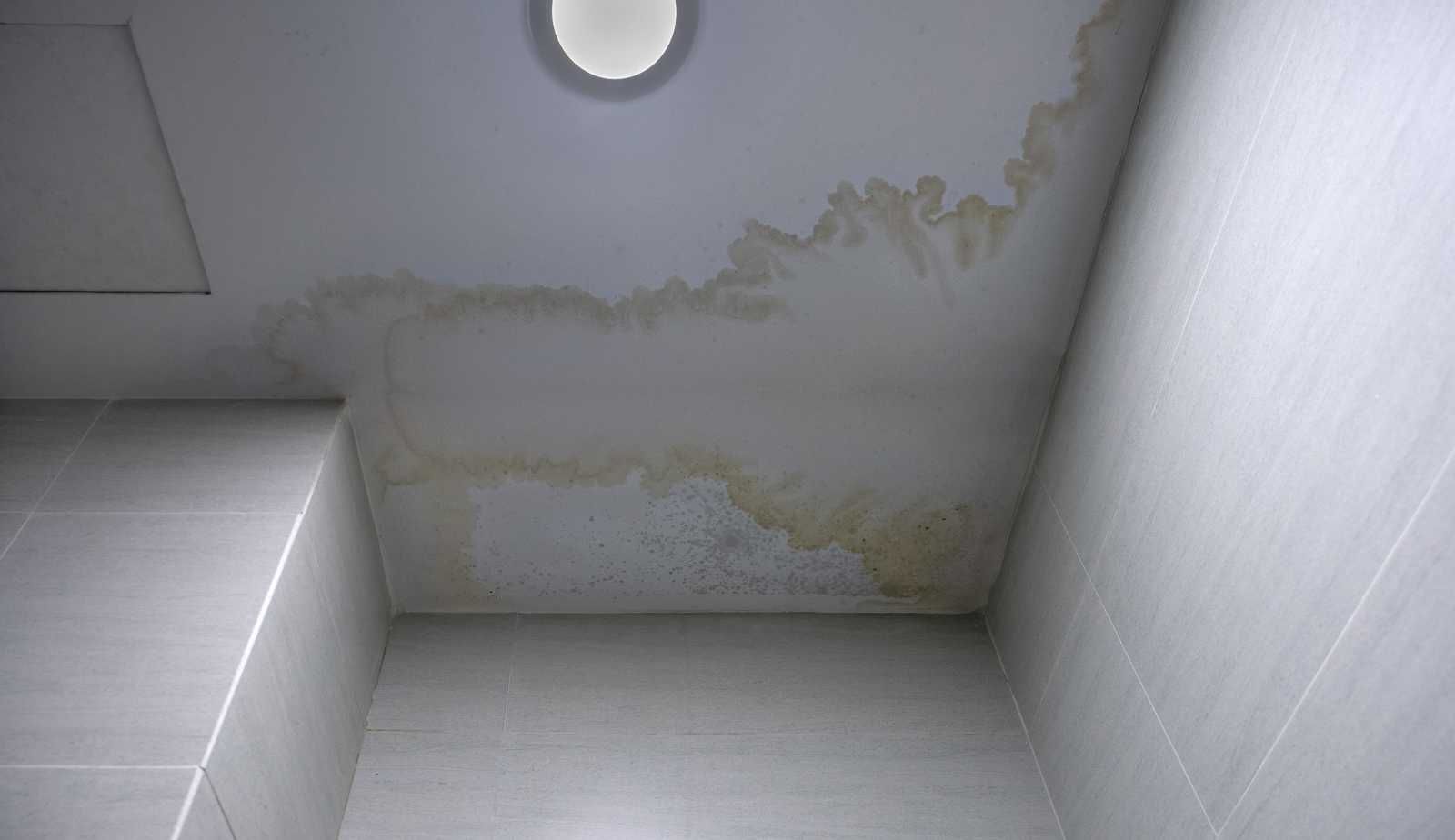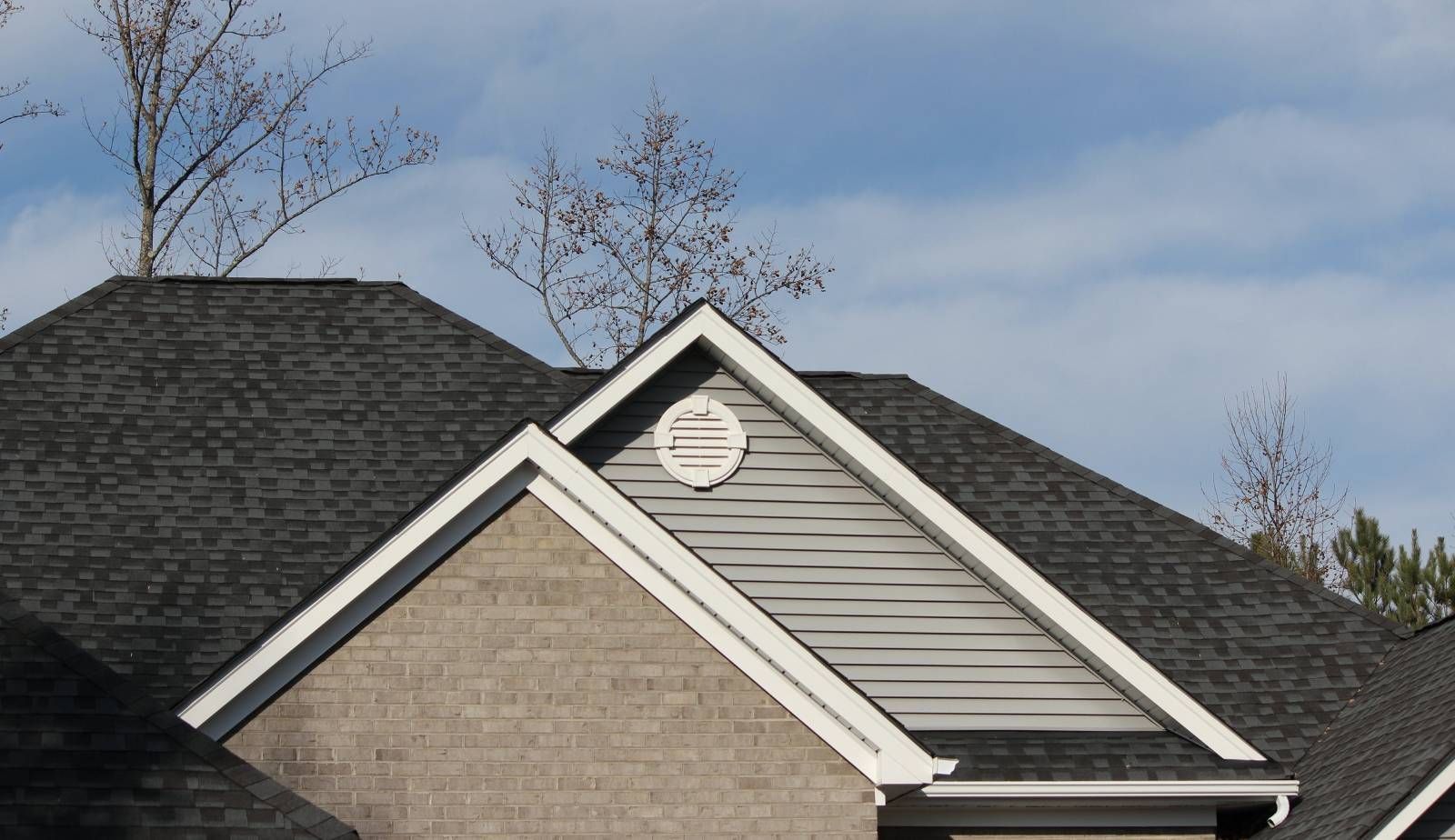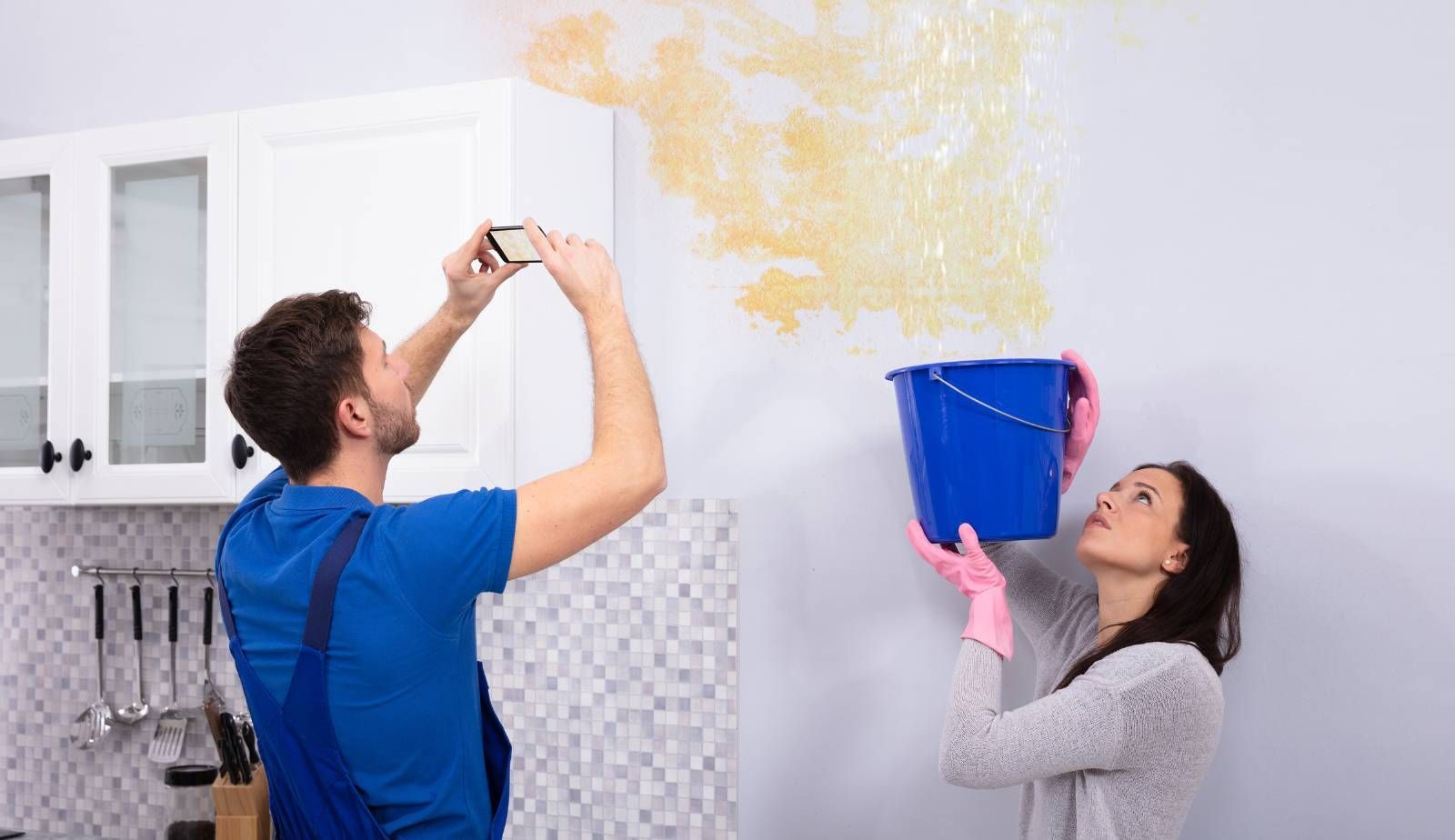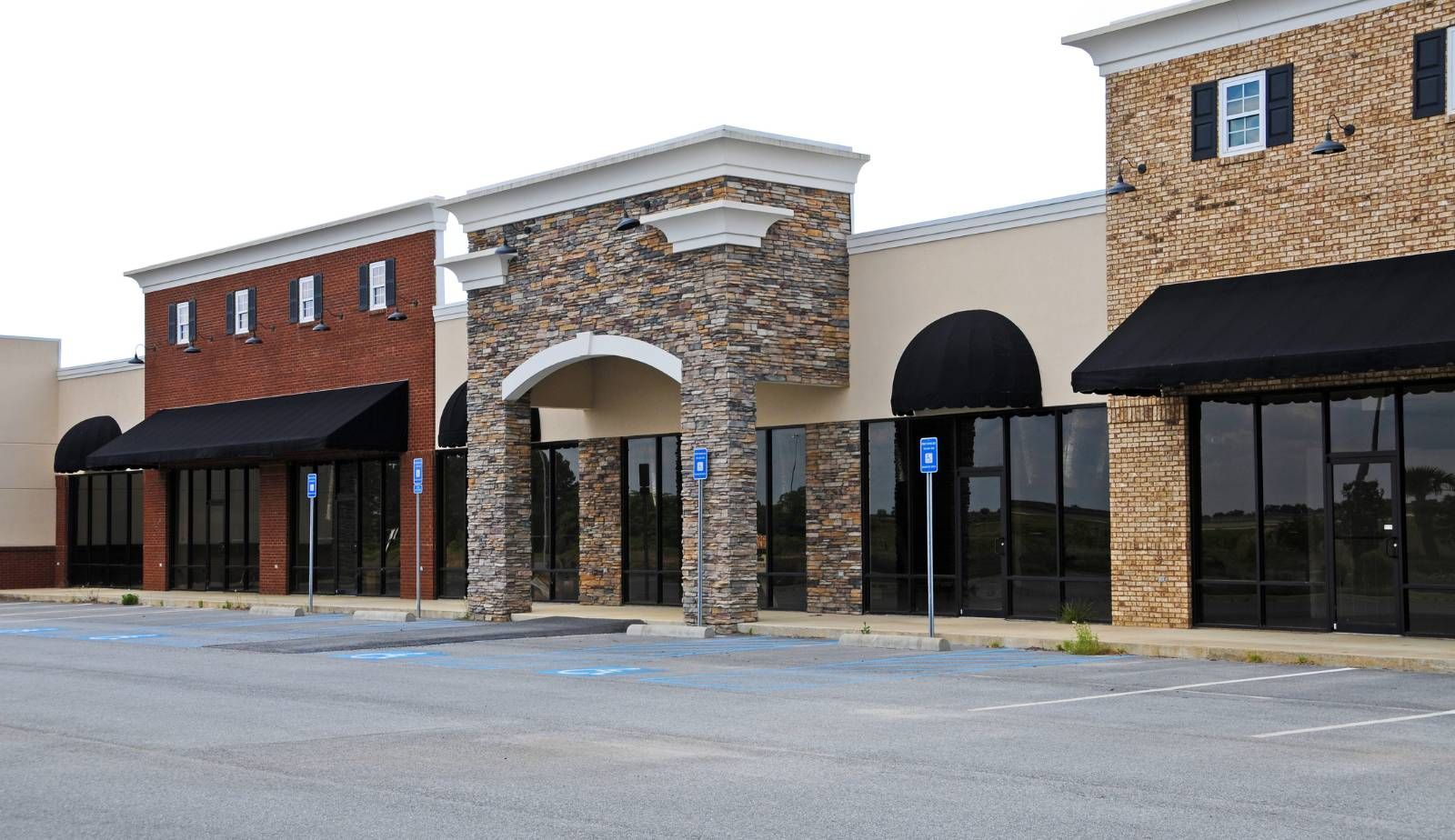Water Damage in Louisiana Homes: Unexpected and Odd Occurrences
Water damage can cause a host of unexpected and often bizarre issues in homes or buildings.
While most people are aware of the common problems that can arise, such as mold growth or damaged drywall, there are many less commonly known or unexpected issues that can occur after water damage.
Water can cause short circuits in hidden wiring, which can lead to strange electrical behaviors like flickering lights or unresponsive outlets. Additionally, excessive water can saturate the soil around a foundation, causing it to shift or sink, leading to unusual cracking sounds within the structure or doors that won’t close properly. Water accumulation can also invite pests such as rodents, insects, and termites, which are attracted to moist environments and damaged wood.
Another unexpected issue that can arise after water damage is mysterious odors. If water damage is not properly mitigated, odd smells can start to emerge due to mold, mildew, or bacteria growth in areas that remain damp, like inside walls or under floors. Additionally, water can cause floors and walls to warp bizarrely, leading to bowed walls or floors that might bulge or dip unexpectedly.
While these issues may seem strange or even alarming, they are all potential consequences of water damage. It's important to be aware of these less commonly known or unexpected issues so that you can properly address them and prevent further damage to your home or building.
Understanding Water Damage
Water damage is a common issue that can occur in any home or building. It can be caused by various factors, including flooding, rainfall, weather, storms, and moisture. Water damage can also be a result of climate-related events, such as hurricanes or other natural disasters. Understanding the different types and causes of water damage is essential to prevent further damage and ensure proper remediation.
Types of Water Damage
There are three main types of water damage: clean water, gray water, and black water. Clean water is water that comes from a clean source, such as a broken water supply line or a leaking faucet. Gray water is water that has been used but does not contain any harmful chemicals or contaminants, such as water from a shower or sink. Black water is water that contains harmful chemicals or contaminants, such as sewage water or water from a flood.
Each type of water damage requires different approaches for remediation. Clean water can usually be cleaned up with minimal damage, while gray water and black water require more extensive remediation and can cause significant damage to the structure of a building if not addressed promptly.

Common Causes of Water Damage
Water damage can be caused by various factors, including:
- Leaking pipes or appliances
- Roof leaks
- Flooding from heavy rainfall or storms
- Foundation cracks or shifts
- Poor drainage around the building
- Clogged gutters or downspouts
- HVAC system issues
- Natural disasters such as hurricanes or tornadoes
Preventing water damage can be as simple as regular maintenance, such as checking pipes, appliances, and roofing for leaks, cleaning gutters, and ensuring proper drainage around the building. In areas prone to natural disasters, taking steps to prepare the building, such as installing flood barriers or reinforcing the foundation, can help prevent or minimize water damage.
Understanding the different types and causes of water damage is essential to prevent further damage and ensure proper remediation. Taking preventive measures and addressing water damage promptly can help minimize damage and prevent unexpected and often odd occurrences in homes or buildings, such as electrical anomalies, foundation shifts, pest infestations, and mysterious odors.
Structural Impacts
When water damage occurs, it can have significant structural impacts on a building. Here are some of the commonly observed structural impacts that can arise after water damage:
Electrical Anomalies
Water can cause short circuits in hidden wiring, leading to strange electrical behaviors like flickering lights, unresponsive outlets, or even causing appliances to turn on and off on their own. Homeowners should be aware of this risk and take steps to mitigate it. For example, they can hire an electrician to inspect their wiring and ensure that it is safe and up to code.
Foundation Shifts
Excessive water can saturate the soil around a foundation, causing it to shift or sink. This can lead to unusual cracking sounds within the structure, doors that won’t close properly, or windows that stick. Coastal areas in the United States are particularly vulnerable to this type of structural damage due to the high risk of flooding and storm surges. Homeowners should take steps to mitigate this risk, such as ensuring that their drainage systems are functioning properly and that their homes are built to withstand the forces of nature.
Wall and Floor Warping
Water can cause floors and walls to warp bizarrely, leading to bowed walls or floors that might bulge or dip unexpectedly. Homeowners should be aware of this risk and take steps to mitigate it. For example, they can install a dehumidifier to reduce the moisture levels in their home and prevent warping from occurring.
Efflorescence
After water evaporates from concrete, brick, or stone, it can leave behind salt deposits that create a white, powdery residue on the surfaces called efflorescence. This can be puzzling if not identified correctly. Homeowners should be aware of this risk and take steps to mitigate it. For example, they can hire a professional to clean the affected surfaces and prevent efflorescence from recurring.
It is important for homeowners to be aware of the structural impacts that can arise after water damage and take steps to mitigate them. By being proactive and taking the necessary precautions, homeowners can protect their homes and minimize the risk of long-term damage.

Health and Safety Concerns
Water damage can lead to a variety of unexpected issues, some of which can pose health and safety concerns. Here are some of the less commonly known or unexpected issues that can arise after water damage.
Pest Infestations
One of the most common issues that can arise after water damage is pest infestations. Water accumulation often invites pests such as rodents, insects, and especially termites, which are attracted to moist environments and damaged wood. These pests can cause further damage to the structure and pose health hazards to the occupants. It is important to address any pest infestations promptly and thoroughly.
Mysterious Odors
After water damage, especially if not properly mitigated, odd smells can start to emerge. This could be due to mold, mildew, or bacteria growth in areas that remain damp, like inside walls or under floors. These odors can be unpleasant and may indicate the presence of health hazards. It is important to identify and address the source of the odors promptly.
Unexpected Mold Shapes and Colors
Mold can grow in a variety of colors and shapes that might be surprising. It's not just black or green; mold can appear orange, pink, or even purple, and grow in patterns that can be quite unusual and artistic in appearance. Some molds can be toxic and pose health hazards to occupants. It is important to identify and address any mold growth promptly and thoroughly.
Rust in Unexpected Places
Water exposure can cause rusting in places you wouldn’t typically expect to find rust, like on non-metal materials that have metal components, including behind wallpaper or within plaster. Rust stains can be unsightly and may indicate the presence of health hazards. It is important to identify and address any rust stains promptly and thoroughly.
In addition to the above-mentioned issues, water damage can also create high humidity levels that can promote mold growth and other health hazards. It is important to address any water damage promptly and thoroughly to prevent these issues from arising. Professional remediation services may be necessary to ensure that the structure is properly dried and any health hazards are addressed.
Aesthetic and Functional Changes
Water damage can cause a variety of unexpected changes in a building's aesthetic and functionality. In Louisiana, where water damage is common due to the state's high rainfall and coastal location, it's important to be aware of these changes to address them promptly.
Acoustic Changes
One of the most noticeable changes after water damage is the acoustic changes in a room. Water can damage materials like carpet and underpadding that absorb sound, resulting in a more echoey room. This can be especially noticeable in large rooms or rooms with high ceilings. In severe cases, the acoustic changes can make it difficult to hold conversations or enjoy entertainment.
Ghosting Effects on Walls
Ghosting effects on walls are another unexpected consequence of water damage. This phenomenon occurs when mold or mildew grows in patterns that align with the framing of the house, showing up as dark lines along walls. It can be especially noticeable on walls with light-colored paint or wallpaper. Ghosting effects can be difficult to remove and may require repainting or rewallpapering.
In addition to these specific changes, water damage can also lead to other aesthetic and functional issues. Here are a few examples:
- Ceilings: Water damage can cause ceilings to sag or even collapse in severe cases. This can be dangerous and requires immediate attention from a professional.
- Ventilation: Water damage can also affect a building's ventilation system, leading to poor air quality and potential health issues. It's important to have the ventilation system inspected and cleaned after water damage.
- Odor: As mentioned previously, water damage can lead to mysterious odors in a building. These odors can be due to mold, mildew, or bacteria growth and can be difficult to remove without professional help.
- Carpeting: Water damage can ruin carpeting, leading to stains, discoloration, and even mold growth. In some cases, the carpet may need to be replaced entirely.
It's important to address water damage promptly to avoid these aesthetic and functional changes. Seeking professional help from a restoration company can help mitigate the damage and prevent further issues from arising.

Environmental and Climate Considerations
Impact of Climate Change on Water Damage
Climate change has had a significant impact on the frequency and intensity of extreme weather events, such as storms, floods, and flash floods, which can lead to water damage in homes and buildings. According to the U.S. Geological Survey, climate change has caused changes in precipitation patterns, with some areas experiencing more prolonged rain and others experiencing more intense rainfall events. This has led to an increase in the frequency and magnitude of river flooding and flash floods in many regions.
Coastal flooding and storm surge are also becoming more frequent and severe due to sea level rise caused by global warming. This can lead to significant damage to coastal communities and infrastructure. The Federal Emergency Management Agency (FEMA) has identified the need to update flood hazard maps to account for the impact of climate change on flood risk.
Urbanization and the increased use of impermeable surfaces, such as pavement and buildings, have also contributed to the increased risk of flooding in urban areas. This is known as urban flooding and can occur even during minor rainfall events. Nuisance flooding, which is the flooding of low-lying areas during high tides or minor storms, is also becoming more common in many coastal cities.
Inland flooding caused by intense rain or ice jams is also a significant risk in many regions, particularly in the Midwest and Southwest. The U.S. Geological Survey has noted that frequency analysis of streamflow data indicates that the probability of extreme floods is increasing in many regions.
To mitigate the impact of climate change on water damage, flood risk management strategies need to be updated to account for changing precipitation patterns and the increased risk of extreme floods. This may include the construction of new dams and reservoirs, the restoration of floodplains, and the implementation of measures to reduce the impact of urbanization on flood risk.
It is essential to take proactive measures to prevent water damage in homes and buildings. This may include regular maintenance to identify leaks and other sources of water damage, the use of flood-resistant building materials, and the implementation of measures to improve infiltration and reduce the impact of impermeable surfaces. By taking these steps, individuals and communities can reduce the risk of water damage and protect their homes and buildings from the consequences of extreme weather events.

Frequently Asked Questions
What unexpected electrical issues might arise after a home experiences water damage?
Water damage can cause short circuits in hidden wiring, leading to strange electrical behaviors like flickering lights, unresponsive outlets, or even causing appliances to turn on and off on their own. These electrical anomalies can be dangerous and should be addressed immediately by a licensed electrician.
How can water damage affect the foundation of a building?
Excessive water can saturate the soil around a foundation, causing it to shift or sink. This can lead to unusual cracking sounds within the structure, doors that won’t close properly, or windows that stick. If left unaddressed, foundation shifts can cause significant structural damage to a building.
What types of pest infestations are commonly associated with water damage in homes?
Water accumulation often invites pests such as rodents, insects, and especially termites, which are attracted to moist environments and damaged wood. These pests can cause additional damage to a home or building and should be addressed promptly by a licensed pest control professional.
Why might unusual odors develop following water damage in a residence?
After water damage, especially if not properly mitigated, odd smells can start to emerge. This could be due to mold, mildew, or bacteria growth in areas that remain damp, like inside walls or under floors. These odors can be unpleasant and potentially harmful to occupants, and should be addressed promptly by a water damage restoration professional.
In what ways can water damage lead to mold growth with varied appearances?
Mold can grow in a variety of colors and shapes that might be surprising. It's not just black or green; mold can appear orange, pink, or even purple, and grow in patterns that can be quite unusual and artistic in appearance. Mold growth can be harmful to health and should be addressed promptly by a mold remediation professional.
What structural changes can occur in walls and floors as a result of water damage?
Water can cause floors and walls to warp bizarrely, leading to bowed walls or floors that might bulge or dip unexpectedly. This can cause significant structural damage to a building and should be addressed promptly by a water damage restoration professional.
You might also like
DryMax Restoration Blogs




